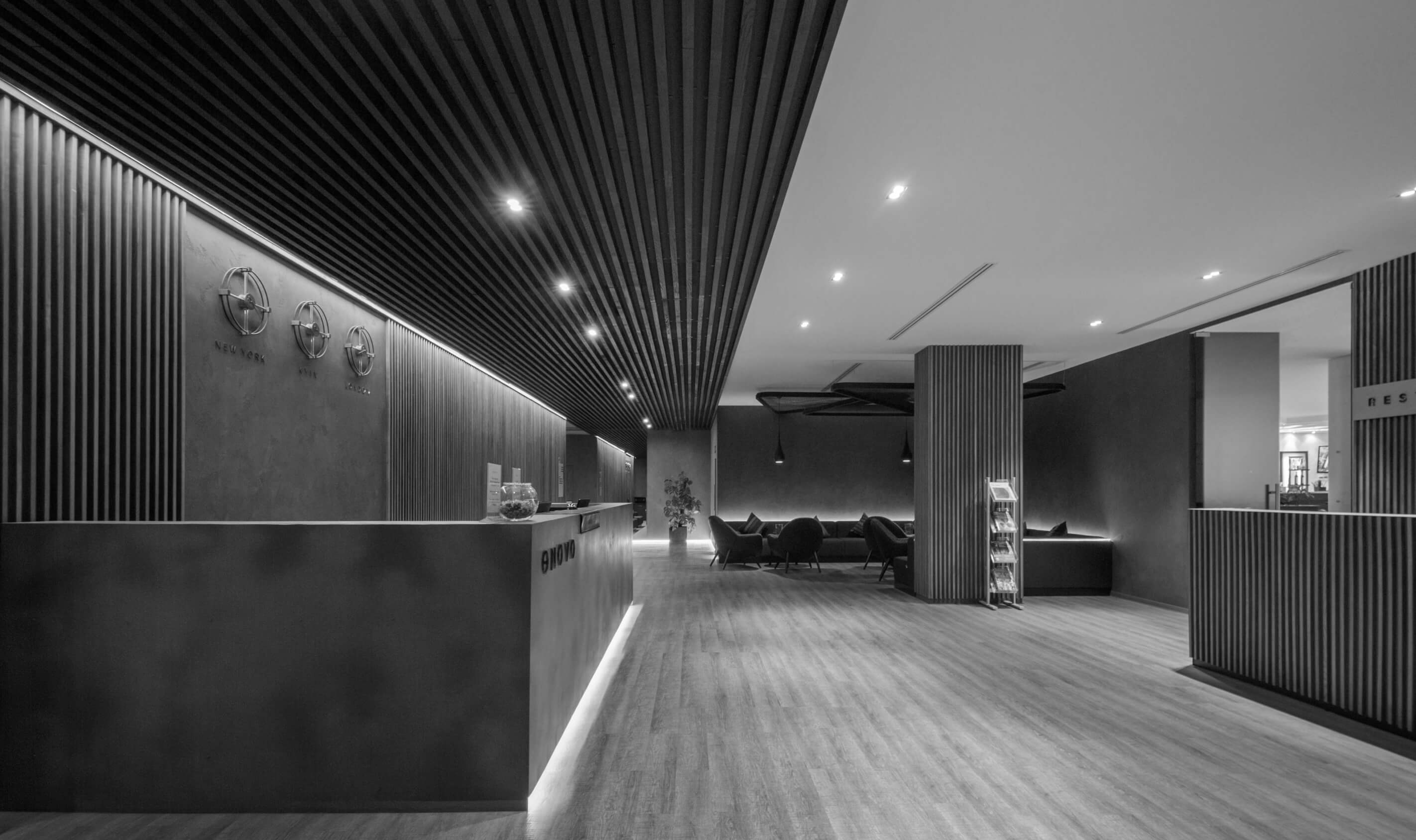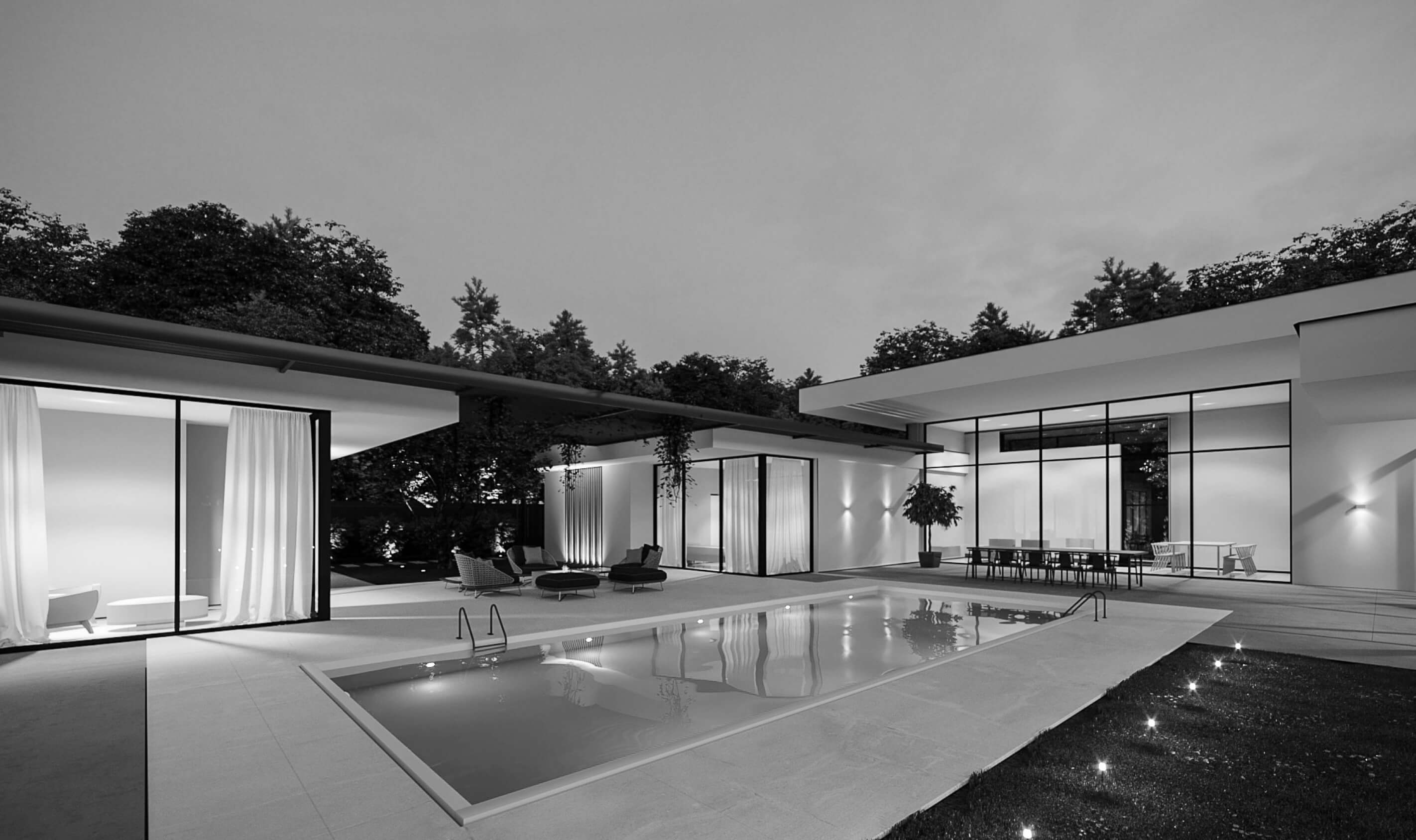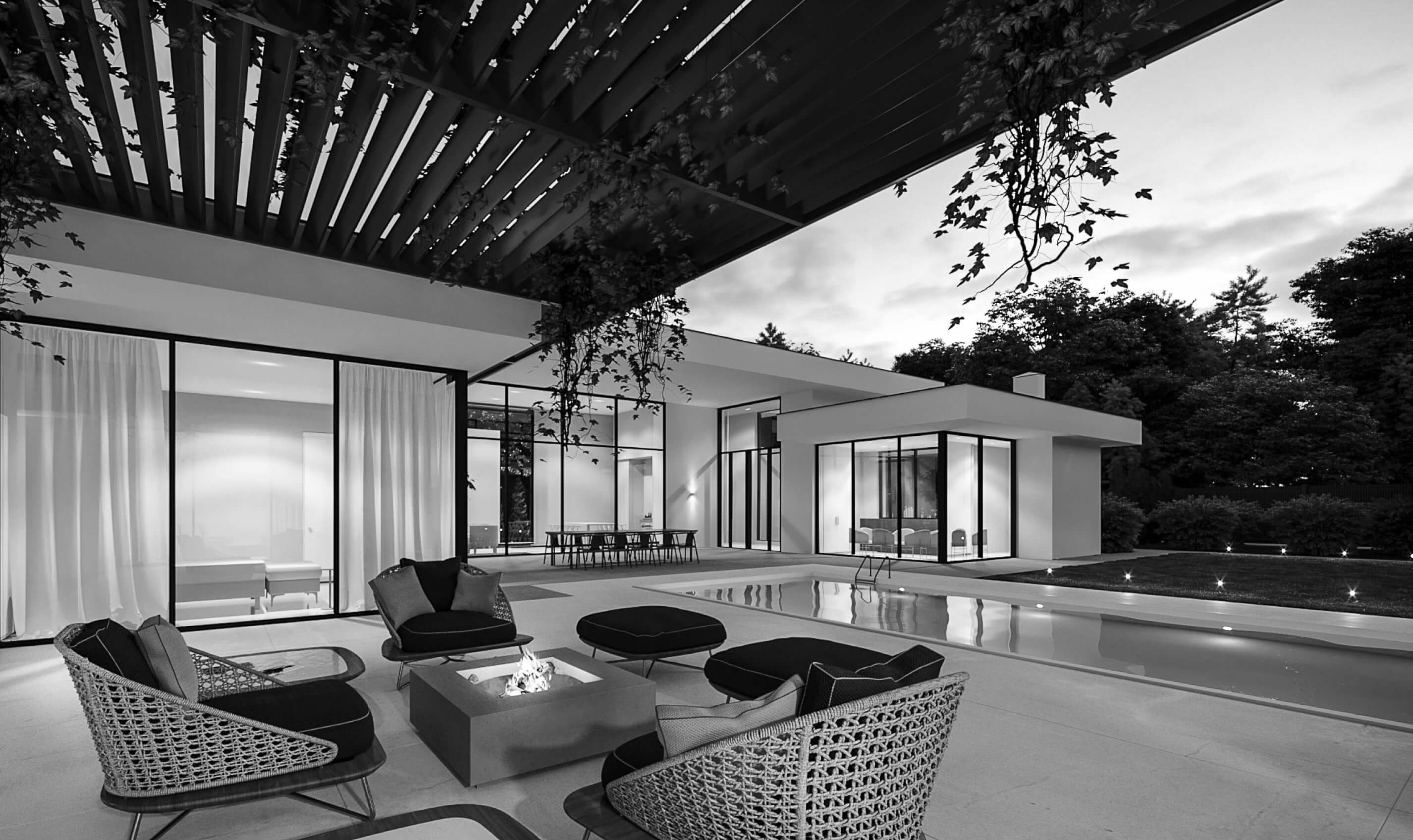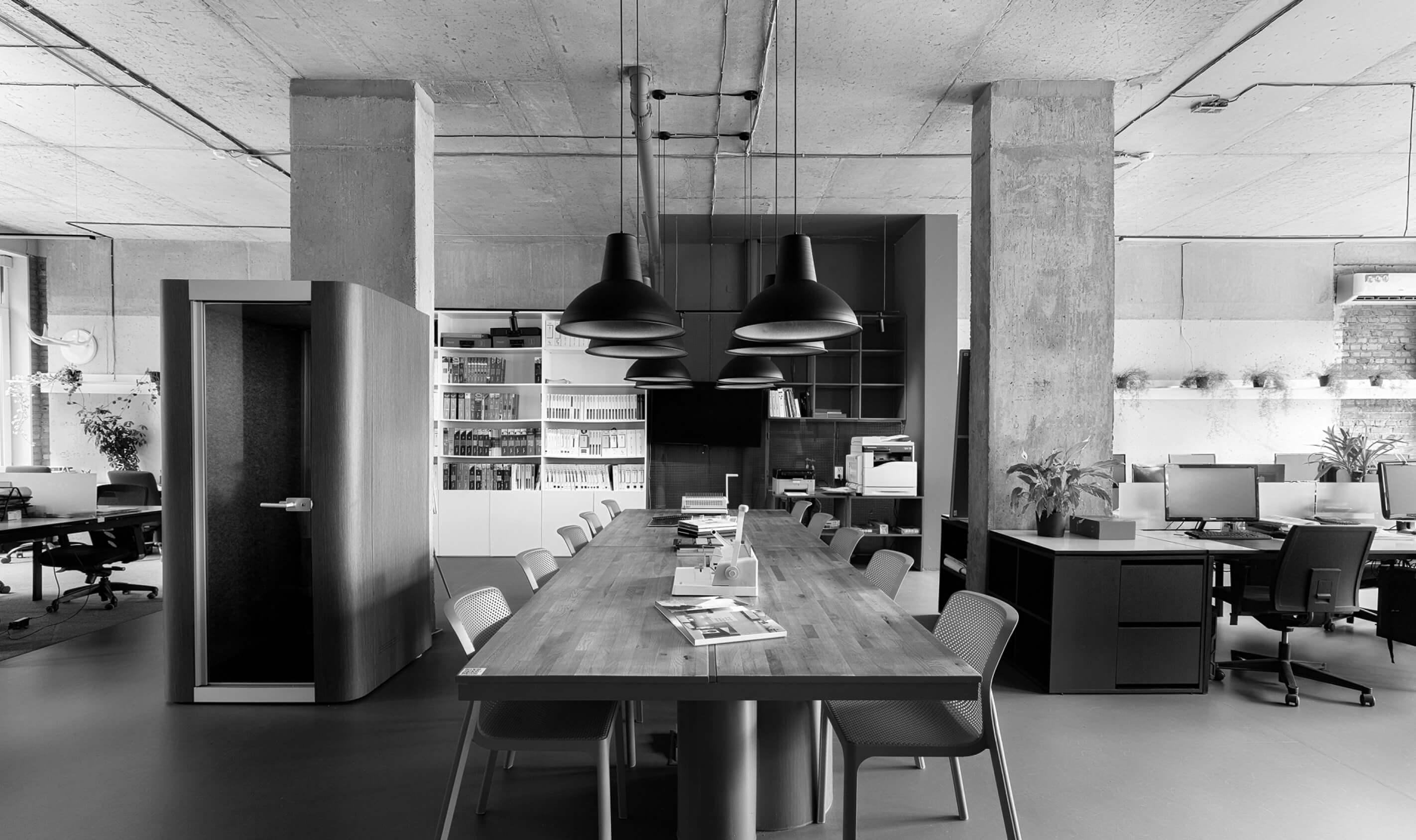In recent years, remote work has become enormously popular due to external triggers such as wars, pandemics, natural cataclysms, transport collapses, and the development of remote teamwork tools. However, even in the midst of this remote work revolution, many employees still lean towards the office environment. There are weighty reasons why employees prefer a hybrid format or permanent office work rather than remote work. The situation is explained by HR Director Julia Ogienko from ZIKZAK Architects.

The Real Reasons For Workers To Come To The Office
Virtual meetings have not yet developed enough to fully compensate for spontaneous conversations, brainstorming sessions, and team-building processes that naturally occur in the office. A team can gather around a whiteboard, throw out ideas, exchange creative concepts in real-time, which is unrealizable while working remotely.
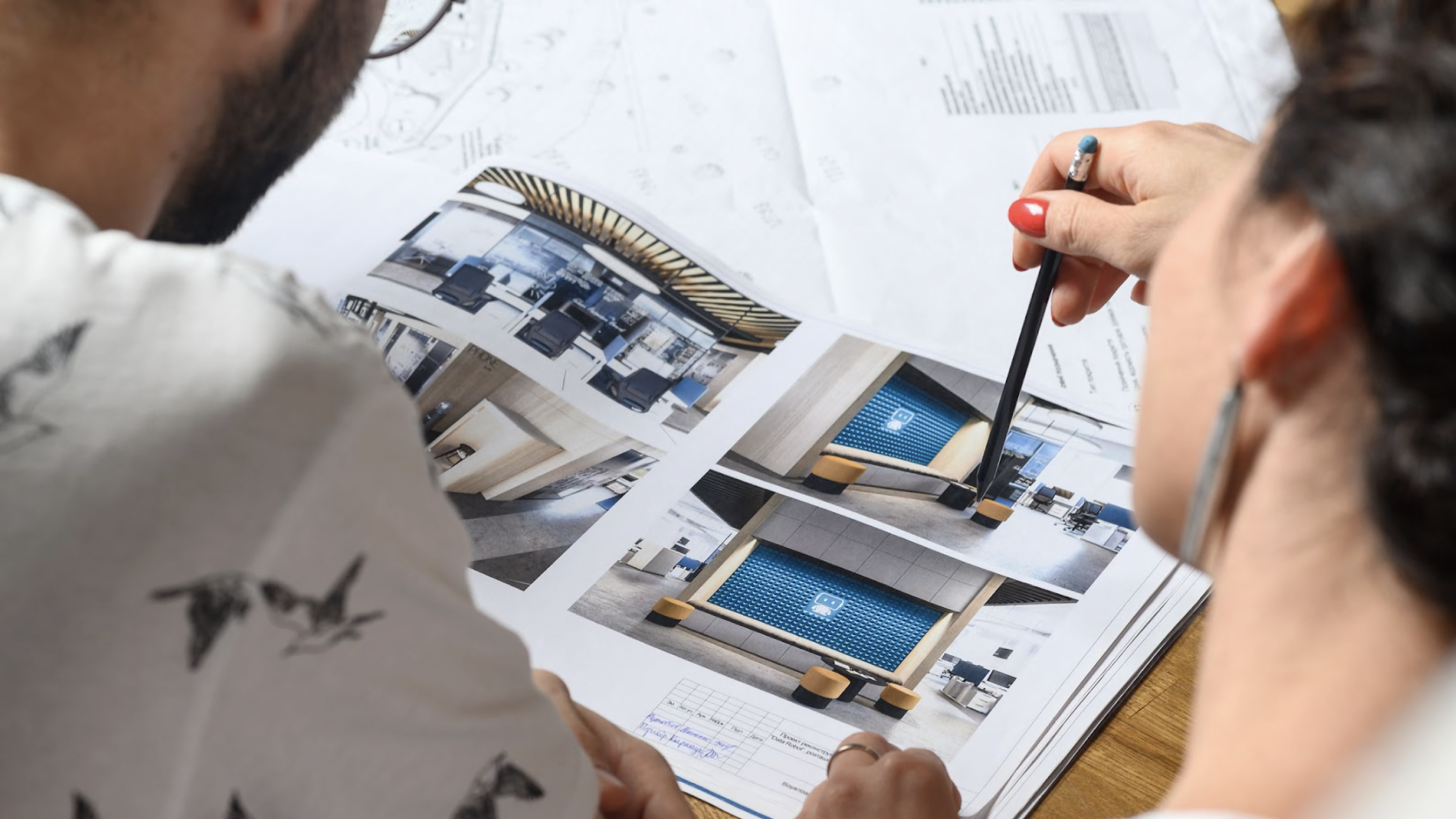
The office is a favourable environment for adaptation and learning. Younger employees observe experienced colleagues and learn from the experience of their managers. Working alongside a senior employee, a junior analyses his or her work habits, approach to problem solving and interpersonal skills. This accelerates learning and provides an opportunity to look up to the mentor.
Remote work blurs the lines between professional and personal life, which can lead to burnout and reduced productivity. When your workspace is also your home, the boundaries are blurred. Visiting the office, on the other hand, provides a clear distinction between work and leisure, creating the necessary balance between career and personal life.

Being physically present in the office allows employees to establish connections and communication that can have a significant impact on their career development. Live communication with colleagues, such as a casual conversation in a conference room, can be the impetus for starting work on a new project and growing career horizons in the future.
Being present in the office helps to strengthen the connection with the company’s culture and values. The employee becomes a full-fledged part of the “family”. He or she is fully involved in the company’s mission, has a better understanding of the workplace nuances, and is better able to cope with his or her own tasks.

Some employees need to be physically present in the workspace to be able to do their job properly. For example, designers who rely on high-quality professional equipment or scientists who work with laboratory equipment have access to specialised technology only at the workplace.
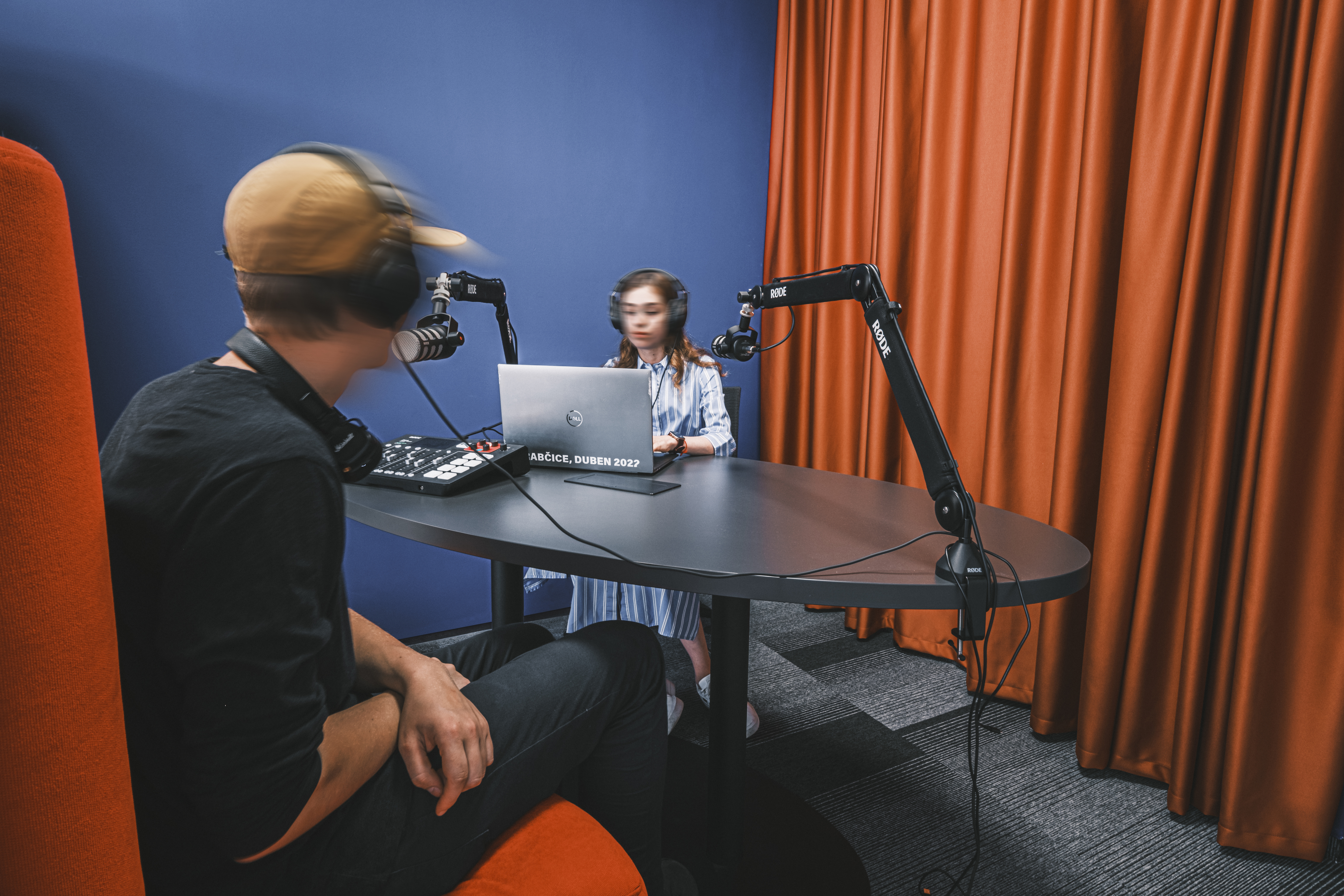
More and more companies are engaging workspace designers to create perfect offices designed according to the latest trends that fully meet the full range of employee needs: in addition to work areas, they include playrooms, relaxation areas and other optimal amenities. The workspaces impress with their intricate design, impressive installations, and unforgettable aesthetics. Such offices attract people to work offline even more, because they are more comfortable than even at home, and at the same time, they are definitely not like home.

Currently, the most acceptable model in the world is a hybrid format of work. Company leaders should establish a transparent communication policy, explaining their approach, collecting feedback and improving the model as needed. This will increase employee engagement and acceptance of the new format, reduce burnout and boost employee morale. High-quality office design plays a significant role in this and attracts employees to spend more and more working days in the office.

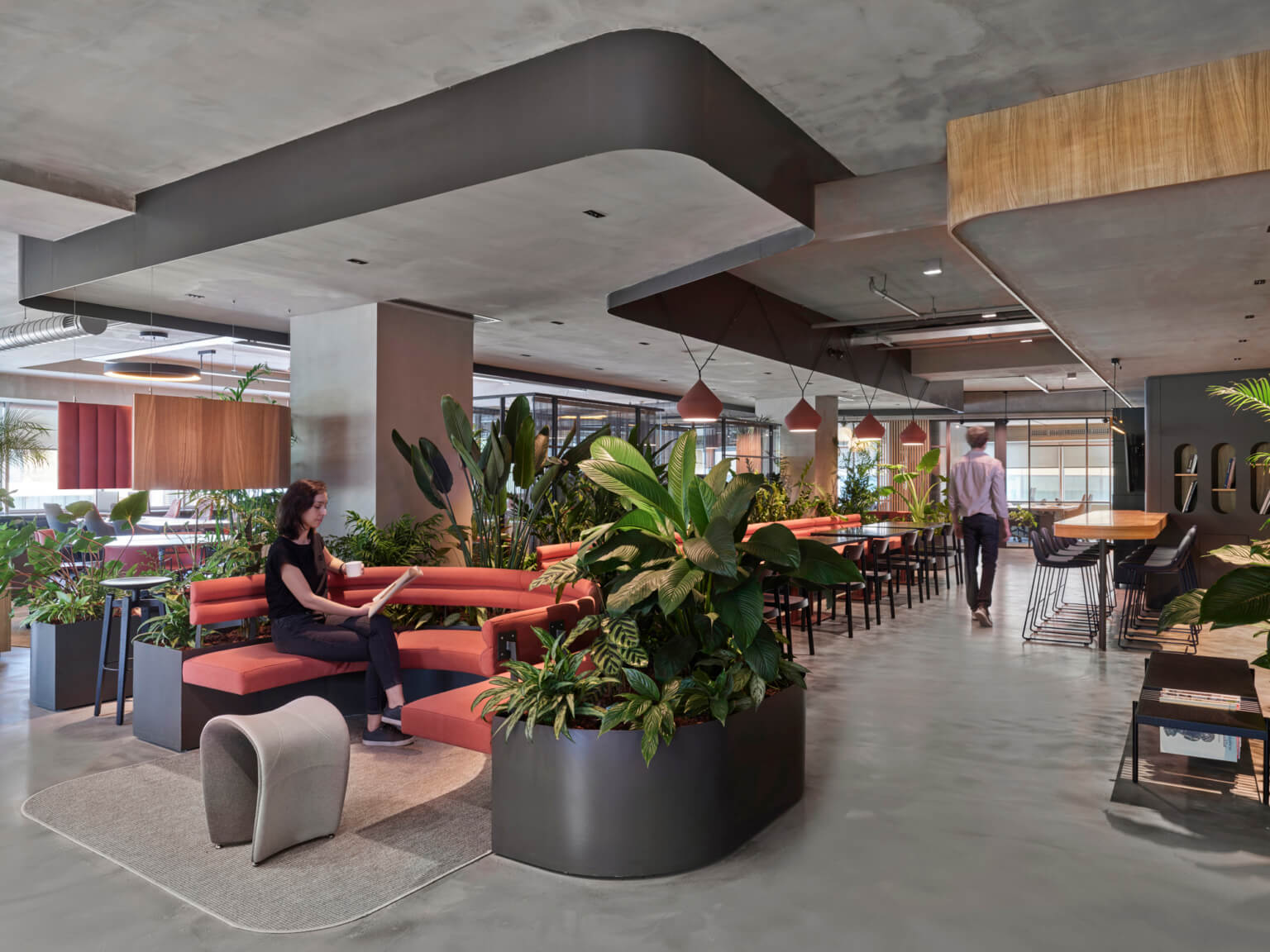

 Back
Back Back
Back



